In the injection molding production of medical molds, the hot runner system has become the core equipment for manufacturing high-precision medical products due to its ability to improve efficiency and reduce waste. However, the problem of glue leakage has long plagued the industry. Glue leakage not only leads to mold damage and production interruptions but may also directly affect the safety of medical products due to glue contamination. This article delves into the six core reasons for glue leakage in hot runner molds based on the special requirements of medical molds and proposes targeted solutions.
I. Seal Failure: The "Collapsed Defense Line" of Hot Nozzles and Manifolds
Medical molds have extremely high requirements for sealing performance, but seal failure of hot nozzles is the primary culprit behind glue leakage. Seal failure is often triggered by three aspects:
-
Material Aging: The injection molding temperatures for medical-grade plastics (such as PPSU and PEEK) often reach above 300°C. Long-term exposure to high temperatures causes the elasticity of the seals to be lost, resulting in permanent deformation. For example, in a medical catheter mold, glue leakage occurred after three months of continuous production due to seal aging, causing the pressure plate of the manifold to collapse.
-
Installation Defects: If the seals are not uniformly compressed or are twisted during installation, local sealing failure may occur. Since even minor glue leakage in medical molds can lead to product contamination, a "three-step installation method" should be adopted: clean the contact surfaces → apply high-temperature-resistant lubricating grease → use specialized tools to press in evenly.
-
Thermal Expansion Mismatch: When there is a significant difference in the thermal expansion coefficients between the hot nozzle and the manifold, the change in gap during heating may tear the seals. In a case study of a heart stent mold, a combination of a steel hot nozzle and an aluminum manifold with a threefold difference in thermal expansion coefficients resulted in seal rupture during the third heating cycle.
II. Assembly Errors: Disastrous Consequences from Millimeter-Level Deviations
Medical molds require micron-level precision, but minor errors during assembly can become triggers for glue leakage:
-
Height Difference Out of Control: Inconsistent support heights of hot nozzles can lead to uneven force on the sealing surfaces. During the debugging of an infusion set mold, it was found that a height difference of 0.05 mm in the hot nozzles could cause glue leakage, which was finally resolved through laser interferometer calibration.
-
Center Positioning Failure: When the height error of the locating pins exceeds 0.02 mm, the hot nozzle and the manifold may shift. Medical molds often adopt a "dual-pin positioning + conical surface fitting" structure to improve positioning accuracy to within 0.005 mm.
-
Manifold Deformation: Although the thickness of manifolds in medical molds is usually over 40 mm, improper pad design (such as single-side support) can cause bending deformation of over 0.1 mm after heating. In a case of an artificial joint mold, the deformation of the manifold was controlled within 0.03 mm by optimizing the pad distribution.
III. Material Defects: The "Hidden Killers" of Mold Plates and Manifolds
Medical molds have stringent requirements for material performance, but material defects are often overlooked:
-
Insufficient Hardness of Mold Plates: When the hardness of H13 steel mold plates is below 48 HRC, the pressure-bearing parts are prone to collapse. In a case of an insulin pen mold, glue leakage occurred due to insufficient plate hardness, and the problem was solved by replacing the plates with those having a hardness of 52 HRC.
-
Manifold Material Defects: Medical-grade manifolds need to be made of imported S136H steel, but if there are micro-cracks or carbide segregation, heating may create channels for glue leakage. In a case of a dialyzer mold, a 0.2 mm crack inside the manifold was detected through ultrasonic testing, and the glue leakage was eliminated by timely replacement.
-
Surface Treatment Failure: If the thickness of the nitrided layer on the manifold surface is insufficient (should be ≥0.15 mm), it is easily eroded by corrosive plastics (such as PVC), forming glue leakage points. Medical mold manifolds need to undergo "gas nitriding + PVD coating" composite treatment to improve corrosion resistance.
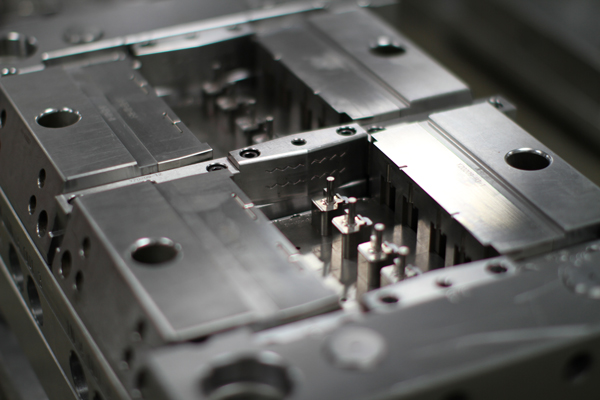
IV. Uncontrolled Thermal Expansion: The "Double-Edged Sword" of Temperature Management
Medical plastics are sensitive to temperature, and improper thermal expansion management can directly lead to glue leakage:
-
Cold Gap Design Defects: A cold gap of 0.05 - 0.1 mm needs to be reserved between the hot nozzle and the manifold, but if the calculation is incorrect (such as not considering the thermal expansion coefficient of the plastic), the gap may disappear after heating. In a case of a blood collection tube mold, the glue leakage rate was reduced by 80% by optimizing the cold gap through finite element analysis.
-
Uneven Heating: Improper installation of thermocouples or malfunctioning temperature control cards can lead to local overheating. Medical molds need to adopt a "zoned control + independent sensor" design to ensure temperature fluctuations ≤ ±2°C.
-
Cooling System Failure: Blockage in the mold cooling water channels can cause local overheating and accelerate seal aging. In a case of a surgical instrument mold, a flow monitoring sensor was installed to provide real-time warnings of cooling system failures.
V. Plastic Characteristics: The "Invisible Threshold" of Material Selection
The special properties of medical plastics pose challenges to hot runner design:
-
Glass Fiber-Reinforced Materials: When the glass fiber content exceeds 30%, it accelerates the wear of hot nozzles, leading to seal failure. In a case of an orthopedic implant mold, the service life of the hot nozzles was increased from 50,000 cycles to 200,000 cycles by using tungsten carbide-coated hot nozzles.
-
Corrosive Plastics: Materials such as PVC and PPS can corrode the surface of manifolds, forming glue leakage channels. Medical molds need to use Hastelloy or titanium alloy manifolds to improve corrosion resistance.
-
High-Flow Plastics: Materials like PP and PE are prone to drooling, contaminating the mold surface. In a case of an infusion bag mold, the drooling amount was controlled within 0.01 g/cycle by using needle-valve hot nozzles.
VI. Design Defects: The "Time Bombs" Buried from the Source
Medical mold design needs to balance functionality and reliability, but common design defects include:
-
Unreasonable Runner Layout: Right-angle bends or sudden cross-sectional changes in the runner can cause plastic retention, leading to degradation and corrosion of the sealing surfaces. The runners in medical molds need to adopt a "gradual radius + large curvature radius" design to reduce shear stress by 50%.
-
Incompatible Gate Types: Open gates are prone to stringing, contaminating the mold surface. In a case of a syringe mold, the surface cleanliness of the products was improved by one grade by switching to needle-valve gates.
-
Lack of Venting System: Insufficient mold venting can cause plastic degradation, generating corrosive gases. Medical molds need to have 0.02 mm wide venting slots on the parting surfaces and be connected to a vacuum system.
Solutions: Building a Closed-Loop System of "Prevention - Detection - Maintenance"
-
Prevention Stage:
-
Adopt a modular design for easy and quick replacement of seals.
-
Implement DFMEA (Design Failure Mode and Effects Analysis) to identify risk points in advance.
-
Select medical-grade dedicated hot runner systems (such as HASCO and DME medical-certified products).
-
Detection Stage:
-
Install infrared glue leakage alarm systems to monitor the sealing status in real time.
-
Use laser rangefinders to regularly detect height differences in hot nozzles.
-
Conduct ultrasonic testing to detect internal defects in manifolds.
-
Maintenance Stage:
-
Establish a three-dimensional maintenance file of "temperature - pressure - time".
-
Replace seals every 5,000 injection cycles.
-
Use dry ice cleaning technology to remove residual plastics from the mold surface.
Conclusion
The problem of glue leakage in medical molds needs to be controlled throughout the entire chain from design, material selection, assembly, to maintenance. By adopting high-precision assembly techniques, medical-grade dedicated materials, and intelligent monitoring systems, the glue leakage rate can be controlled below 0.1%. In the future, with the application of digital twin technology in the mold industry, glue leakage prediction and proactive maintenance of hot runner systems will become a reality, providing more reliable guarantees for the safety of medical products.
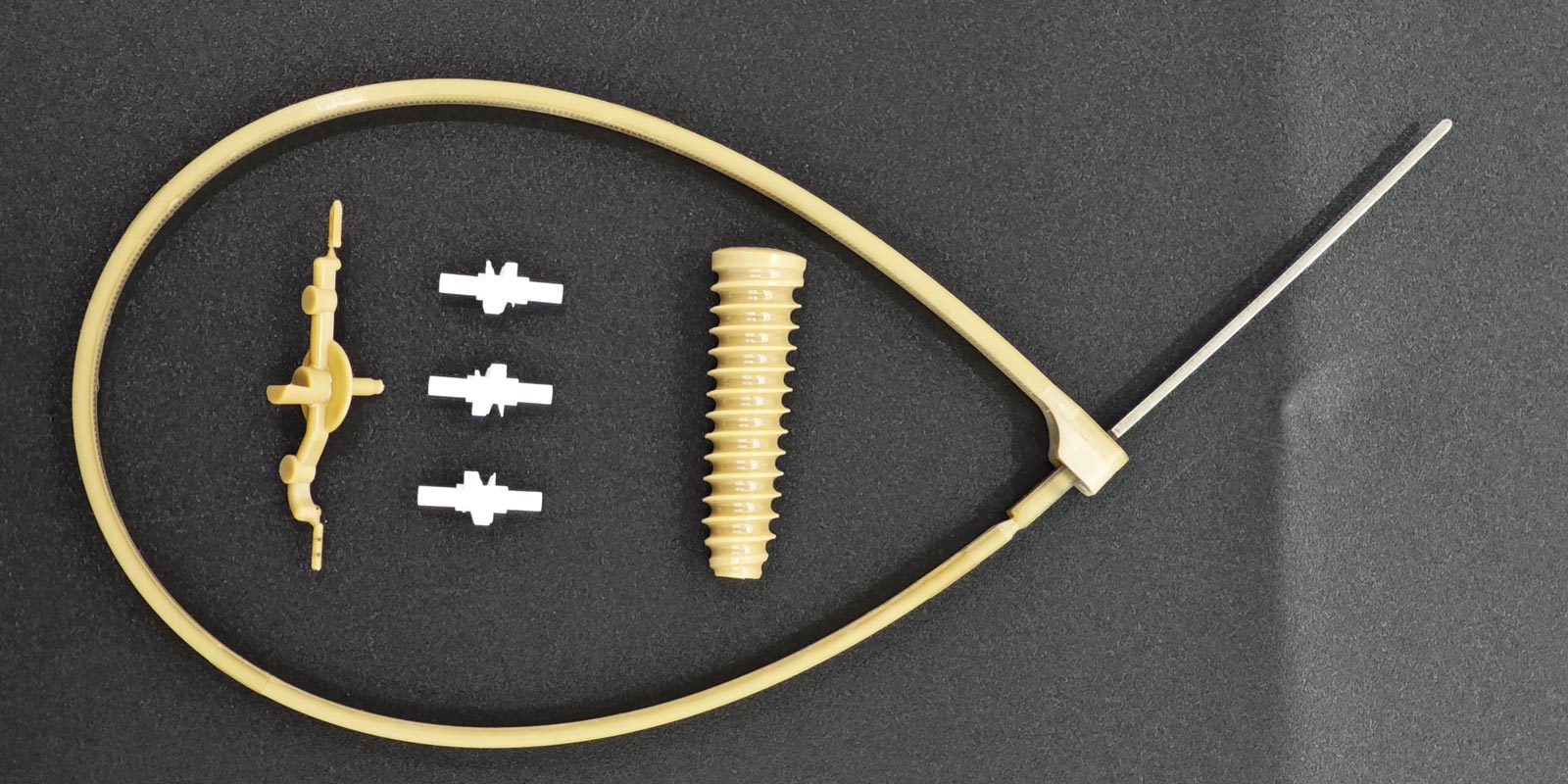
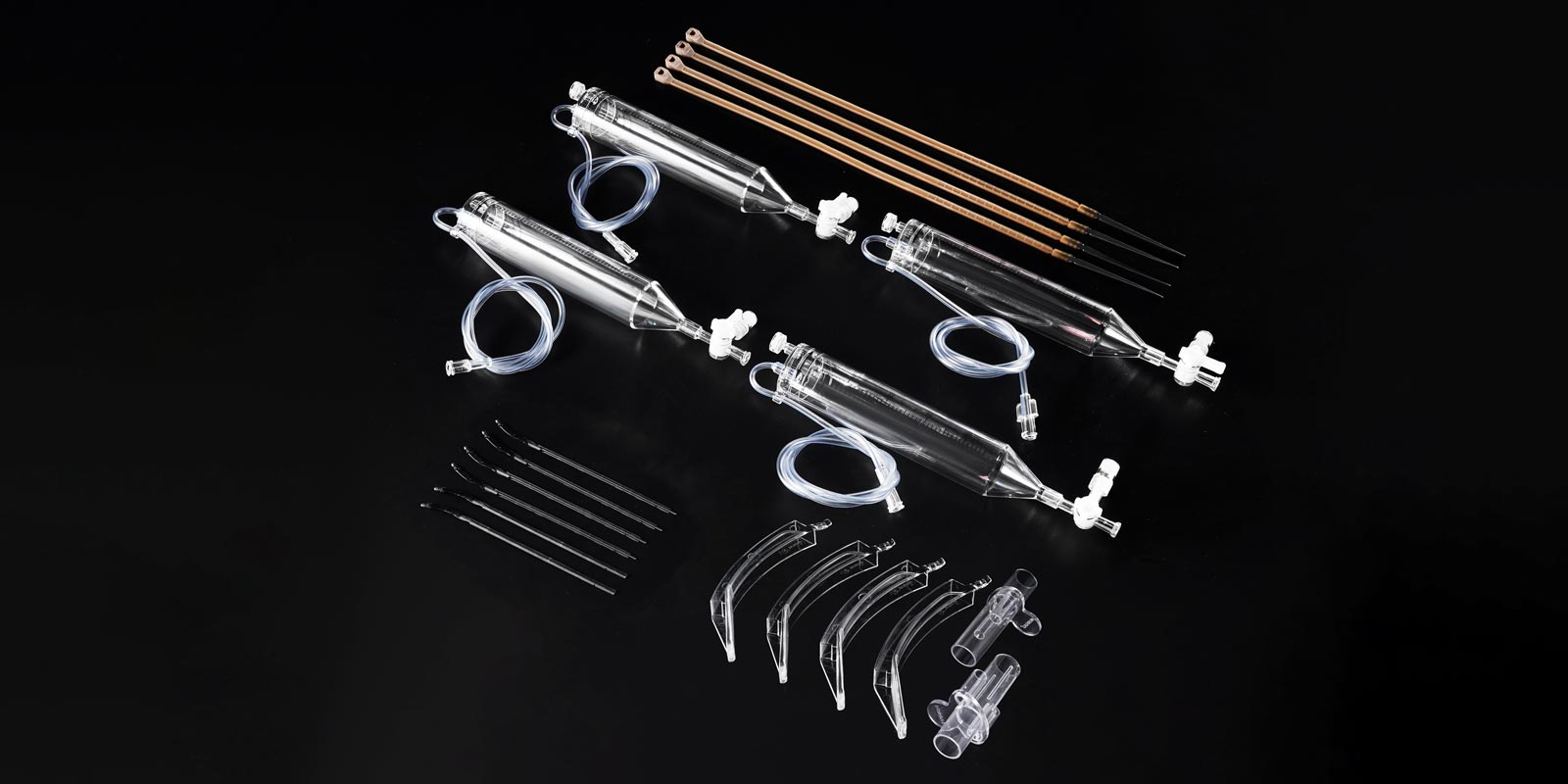
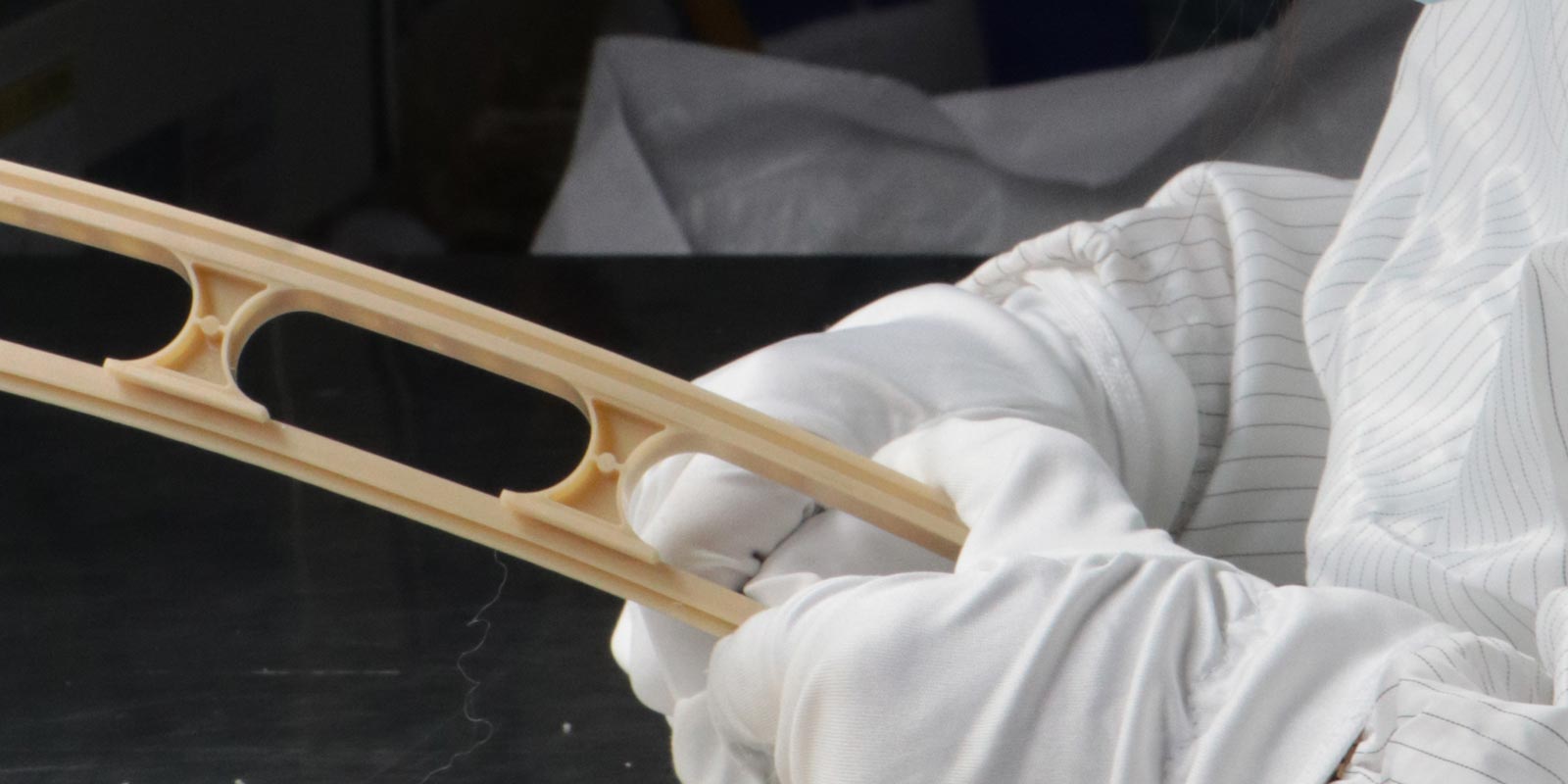
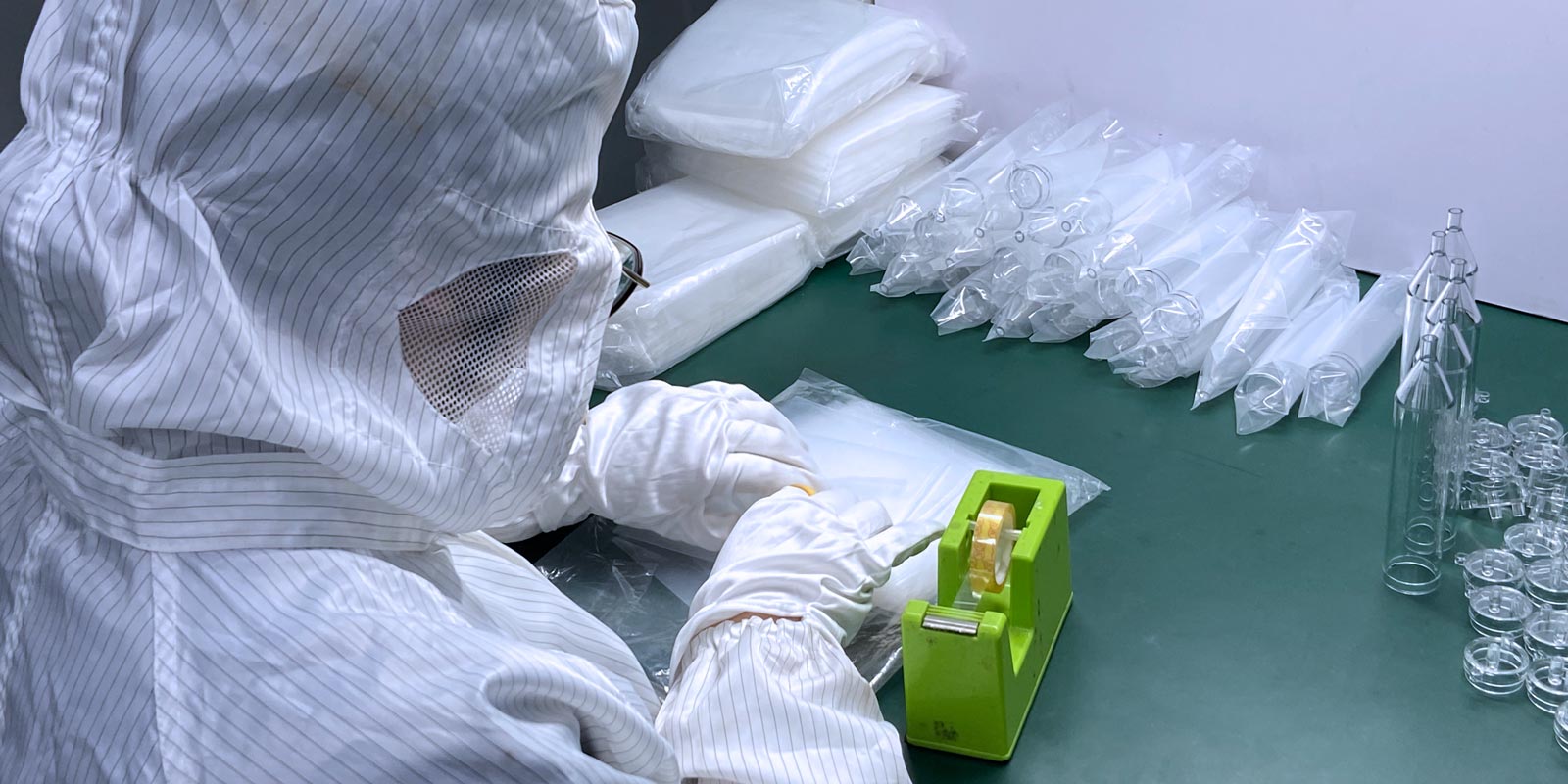
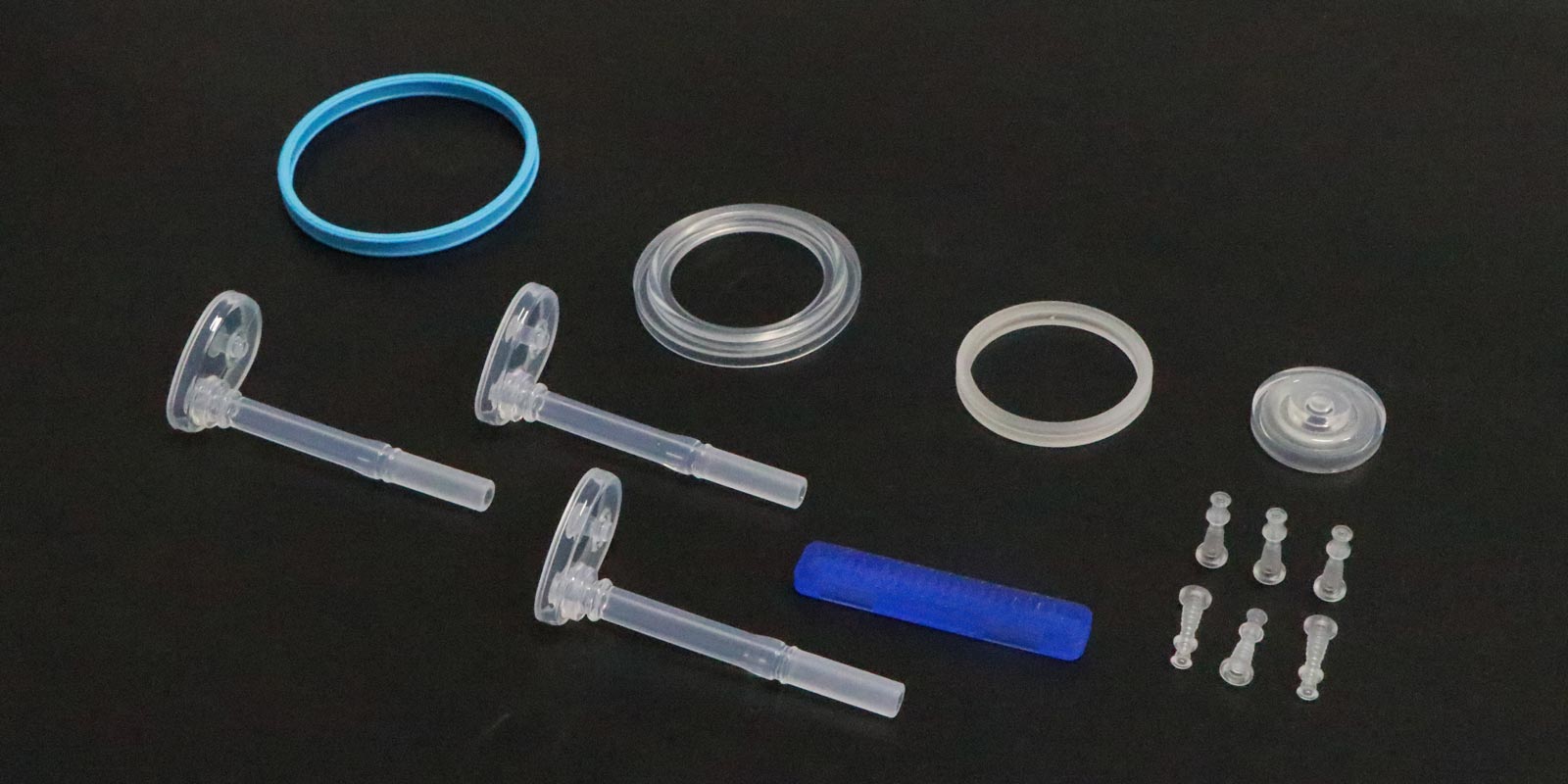











 Home
Home
